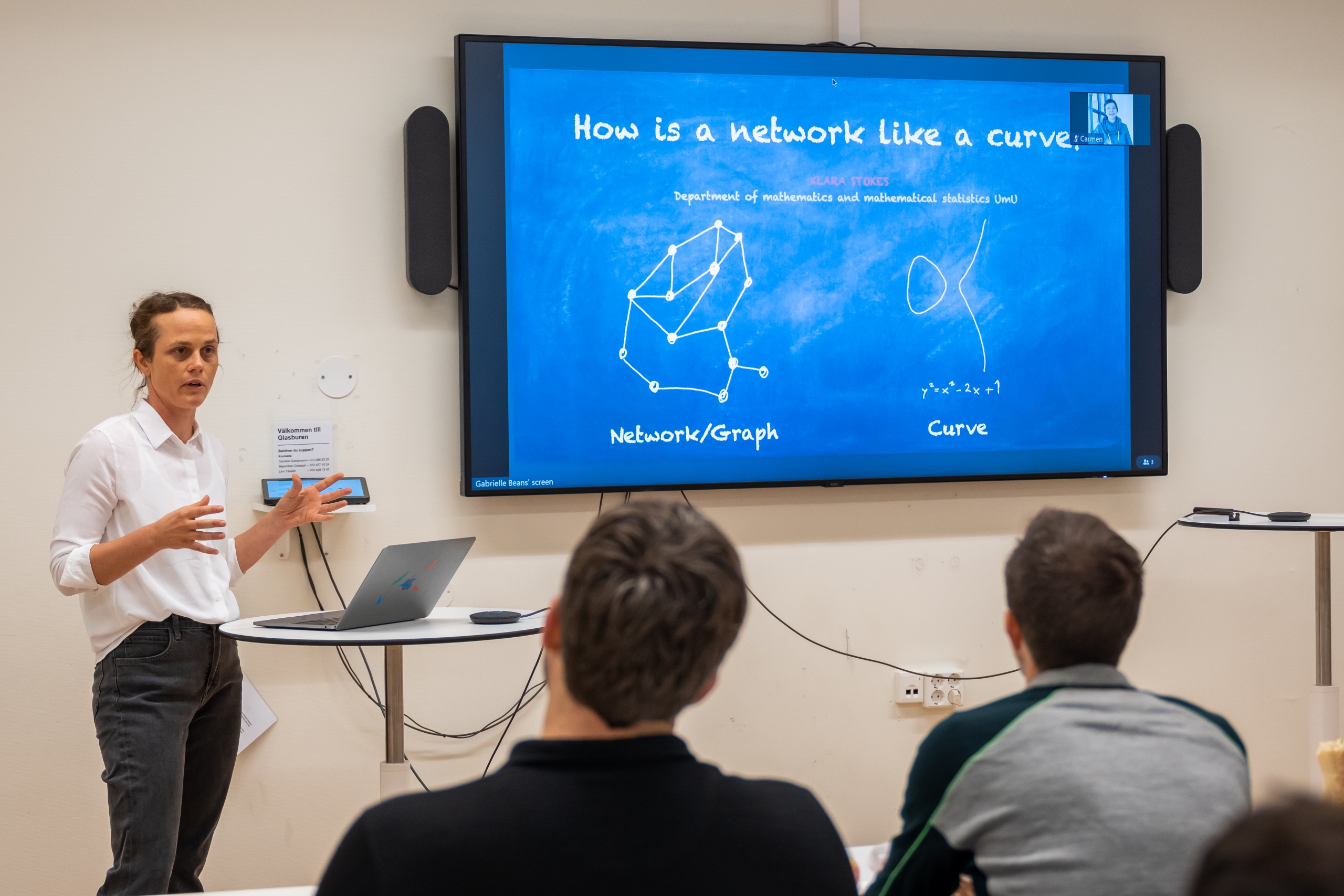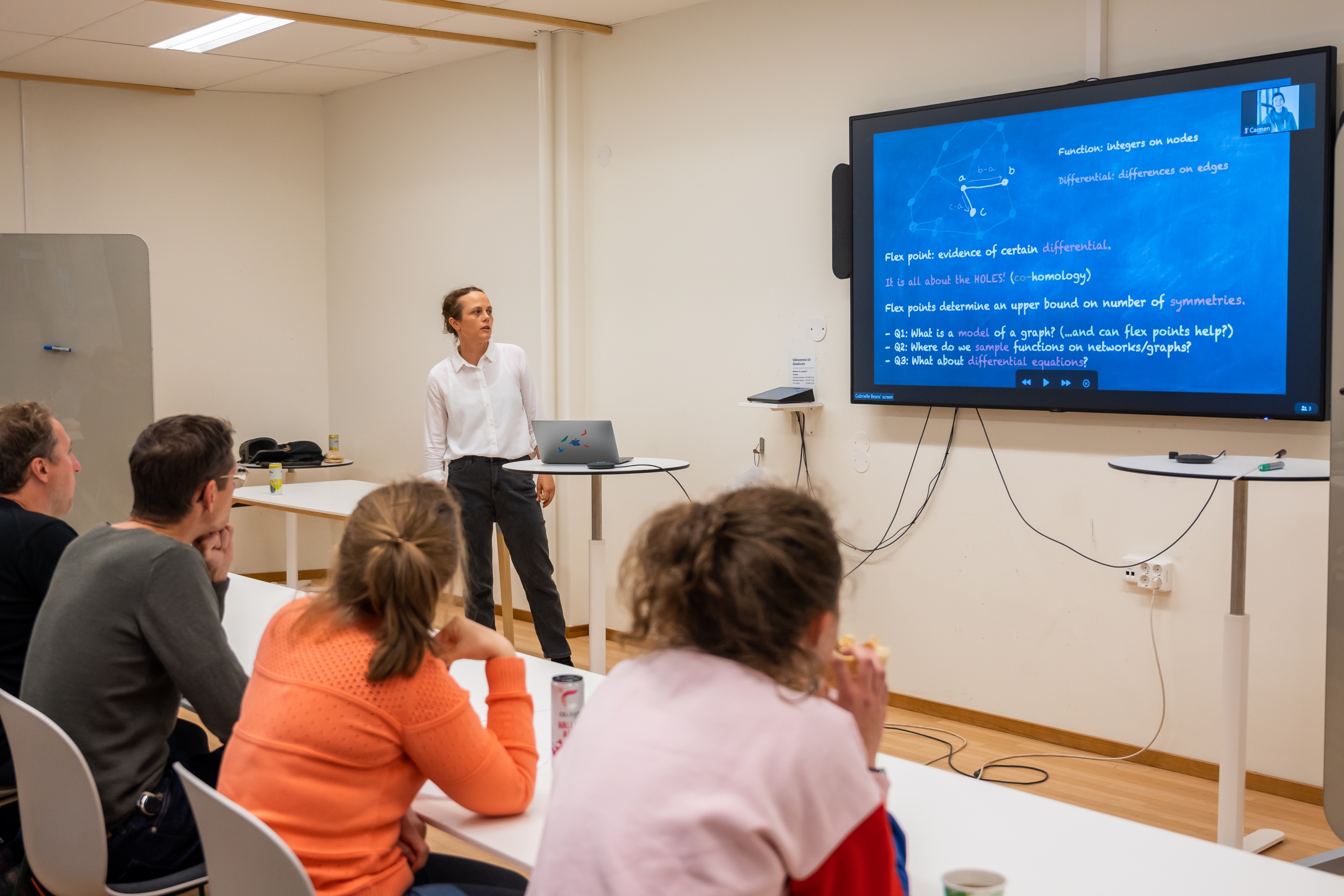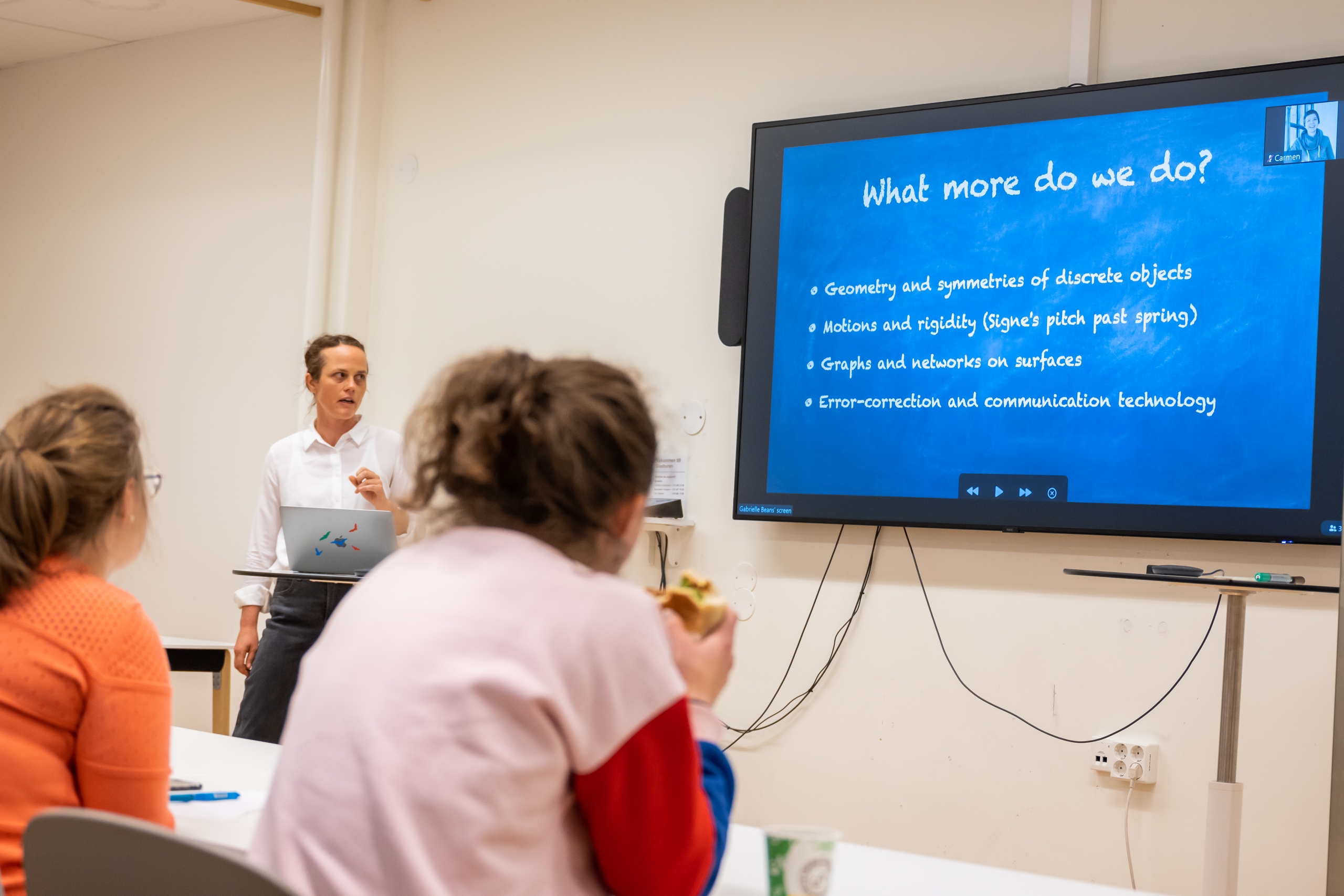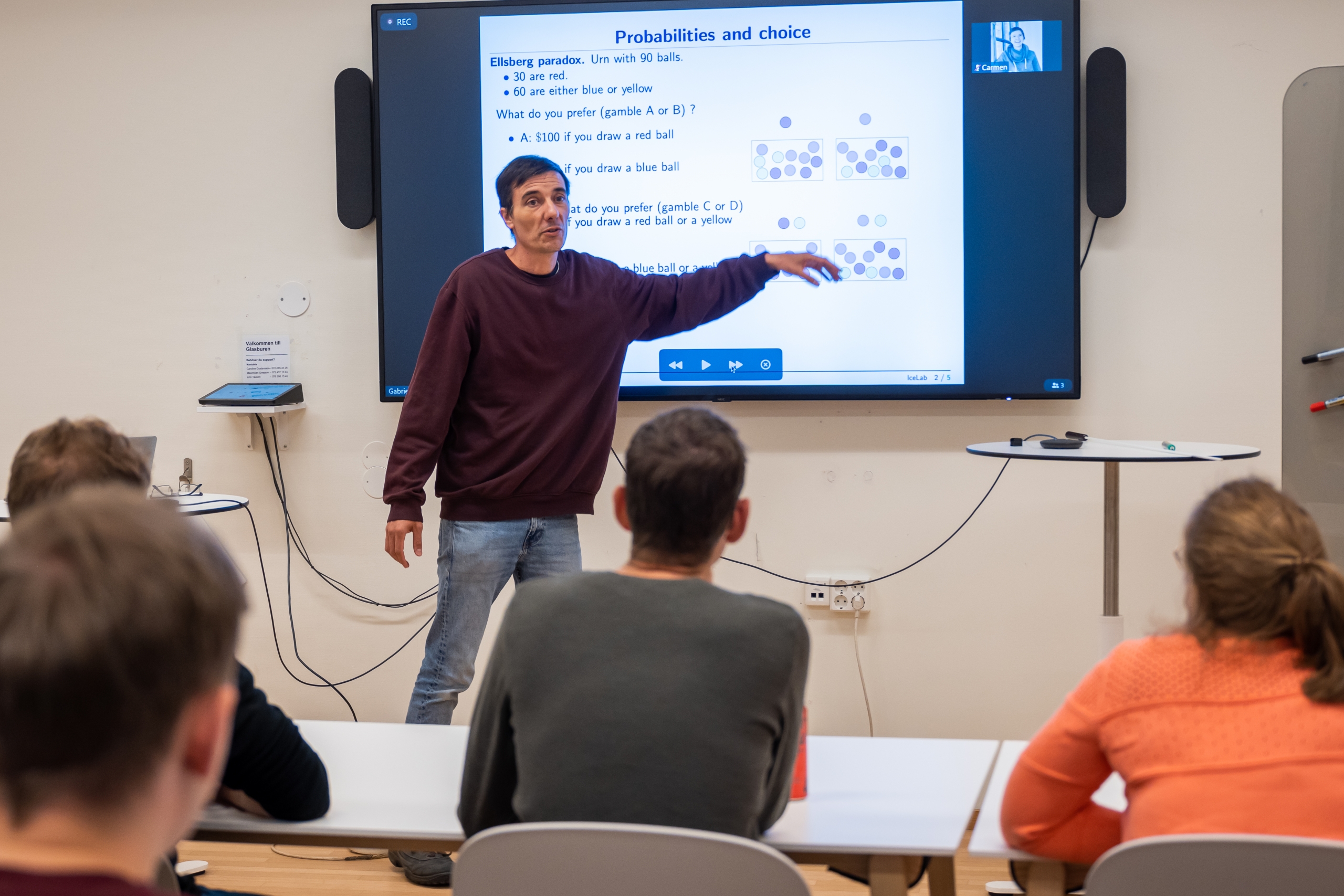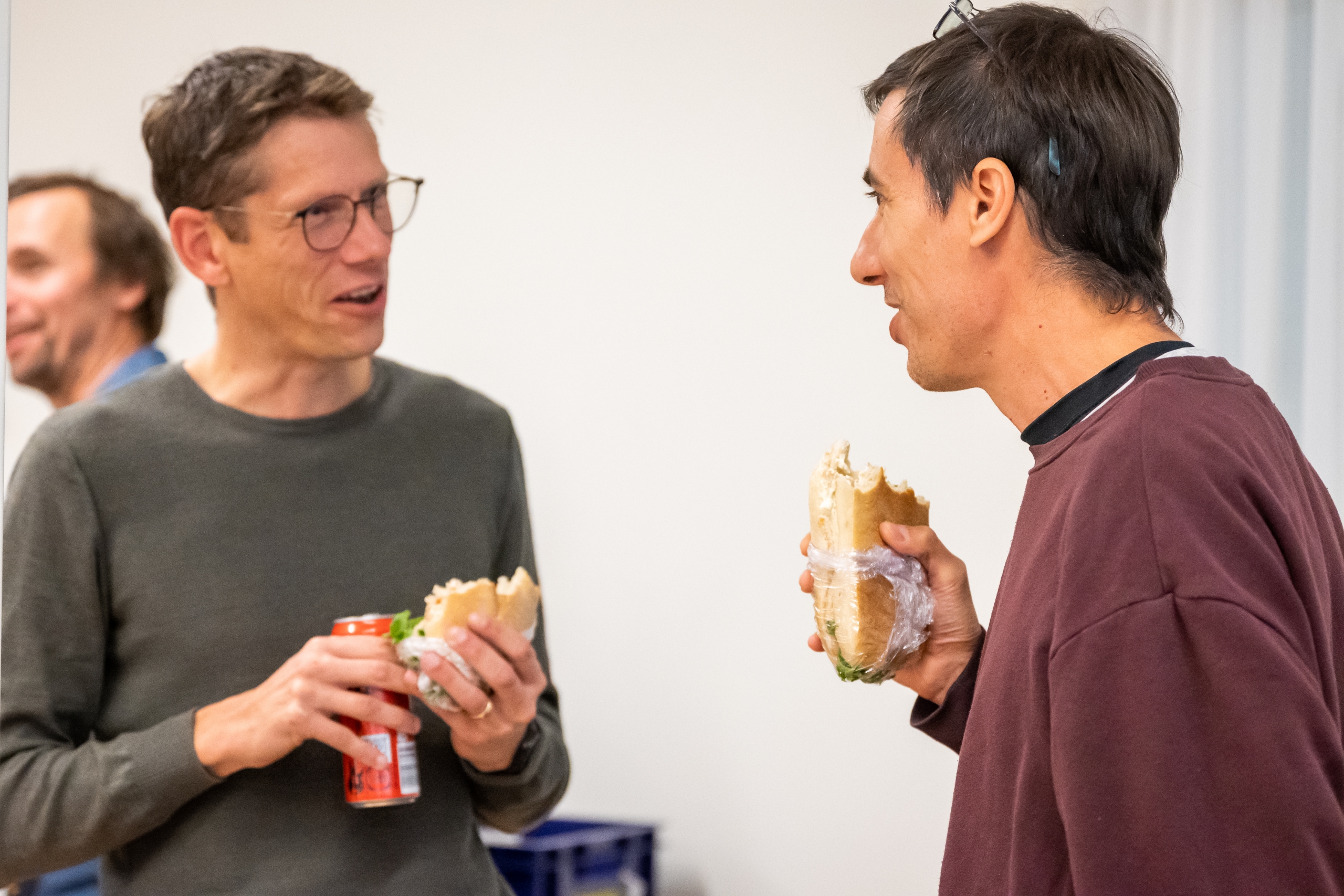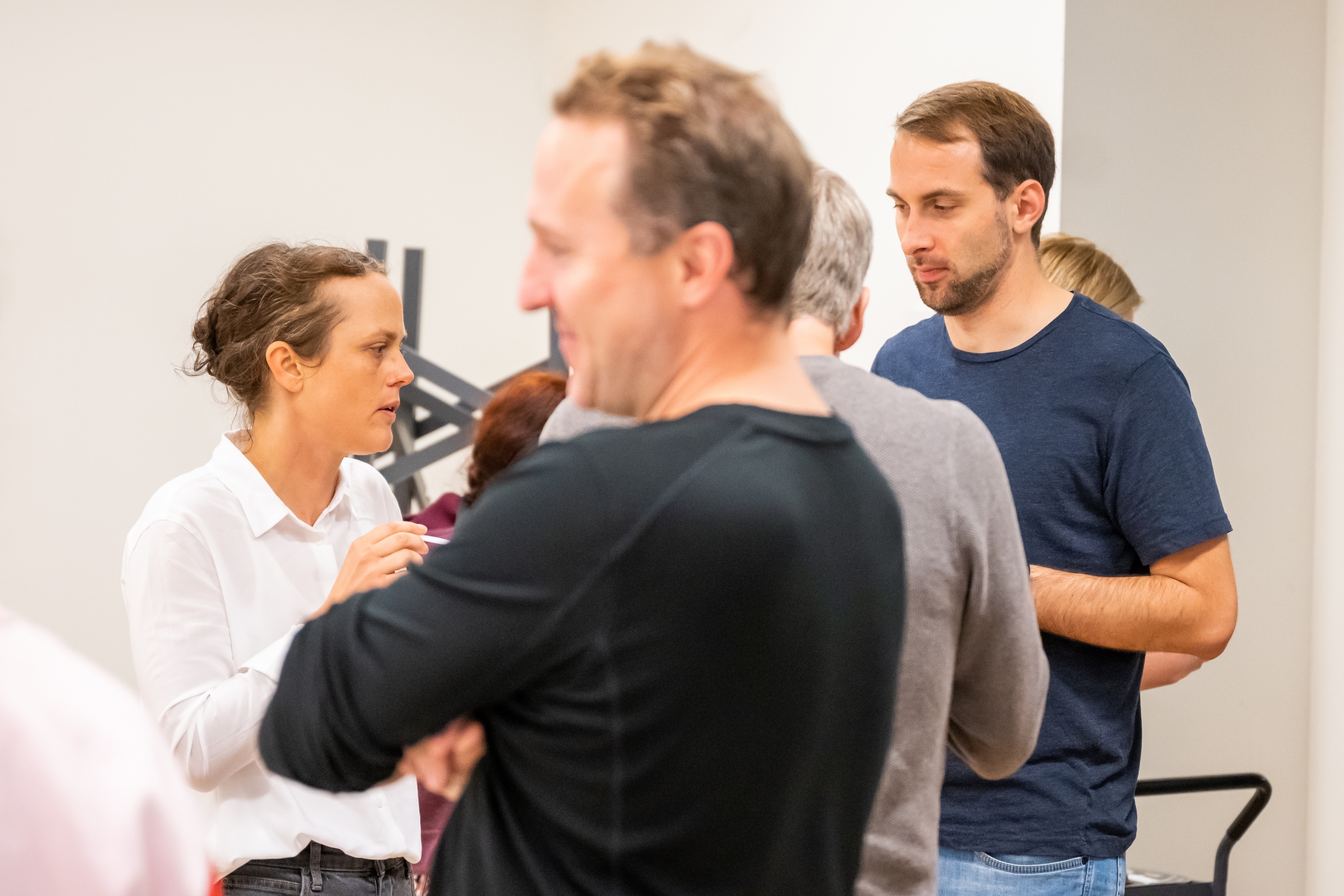Networks like curves and going beyond probabilities
September 13, 2022
Pitch 1: Klara Stokes: How is a network like a curve?
Associate professor at Department of Mathematics and Mathematical Statistics, Umeå University.
Interested in: applications of geometry to combinatorics and the reverse: for example motions of discrete structures, embeddings of graphs on surfaces, symmetries on discrete structures, geometry over finite fields and applications to computer science.
This pitch is not recorded in the video – contact Klara for more information on this subject!
Pitch 2: Vicenç Torra: Beyond probabilities: Non-additive measures and integrals. Why and when?
Professor at the Department of Computing Science
Probabilities are one of the fundamental tools in science and technology for building models and automating decisions. Nevertheless, human decision making is not always consistent with probabilities (e.g., Ellsberg paradox). What can we use in this case for modeling? Non-additive measures and integrals are one of the tools. They are used in economy for risk assessment, as well as in mathematics, statistics and computer science. They can represent interactions and be used to build complements of standard statistics models (Gaussian models, Mahalanobis distances).
Interested in: connecting with anyone interested in modeling interactions using probabilistic-like tools.

